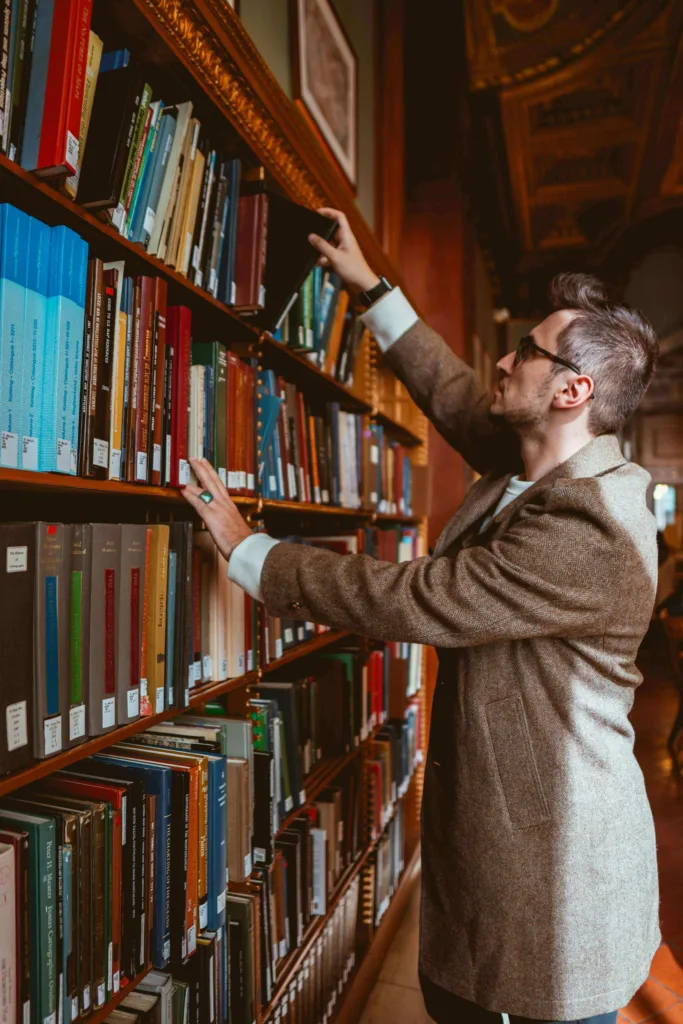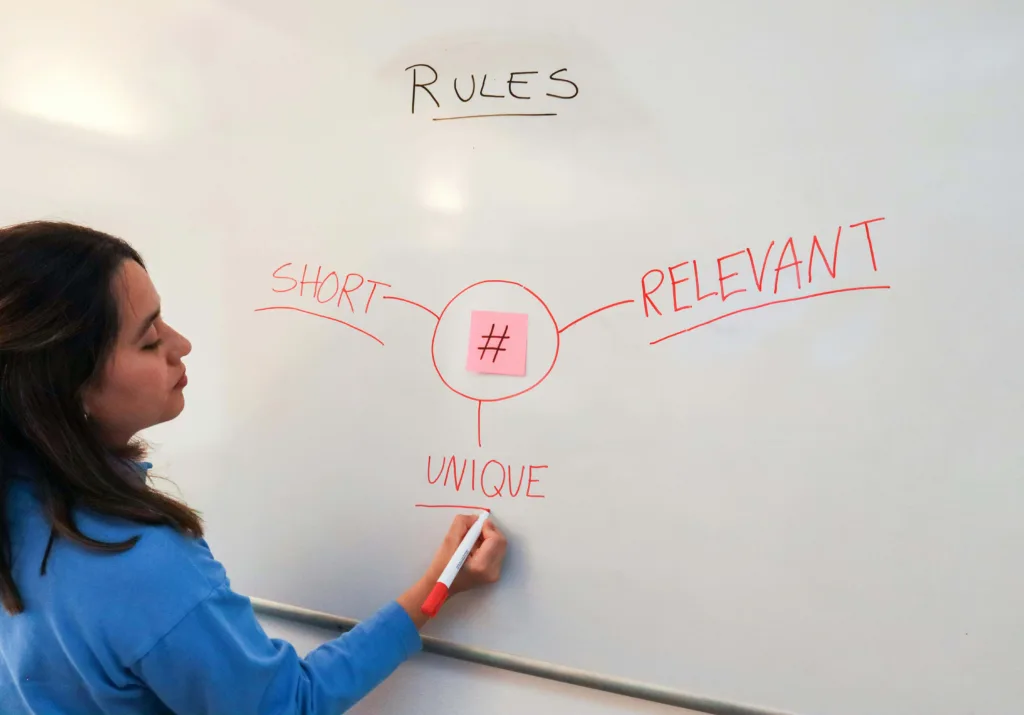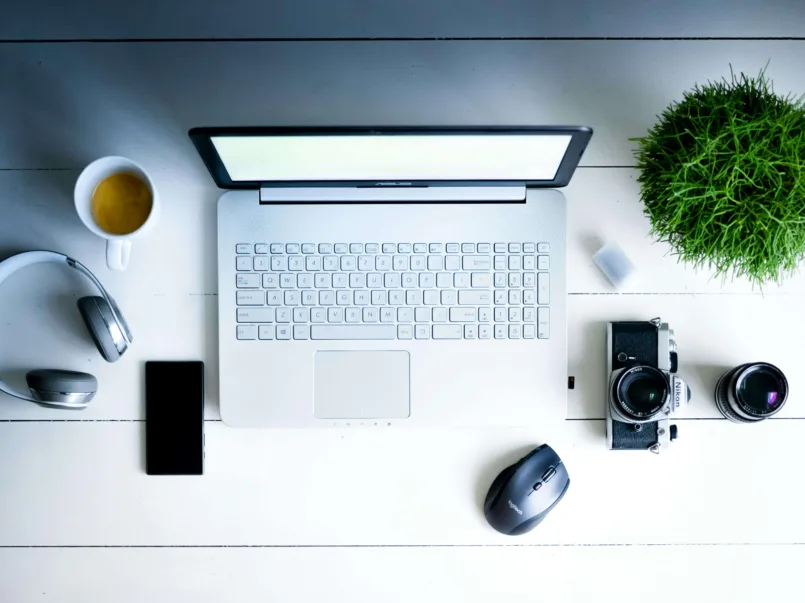
Starting a YouTube channel is exciting, but navigating copyright rules can be tricky. Understanding YouTube’s copyright policies is crucial to keep your channel safe and thriving. Let’s break down everything you need to know about YouTube copyrights in simple terms, with tips to keep your content original and free from copyright issues.
What is Copyright?
Copyright is a legal right that protects creators’ original works, such as music, videos, books, and images. It means that the creator has exclusive control over how their work is used, distributed, and modified. When you create something original, you automatically have these rights.
Why is Copyright Important on YouTube?
YouTube hosts millions of videos, and to protect creators’ rights, it enforces strict copyright rules. Using someone else’s content without permission can lead to serious consequences like video takedowns, copyright strikes, or even legal action. These rules ensure that creators are fairly compensated and credited for their work.
Common Copyright Issues on YouTube
- Music:
- Issue: Using a song you didn’t create or don’t have permission to use.
- Solution: Use royalty-free music or get a license. Check out YouTube Audio Library for free music and sound effects.
- Video Clips:

- Issue: Including clips from movies, TV shows, or other YouTube videos.
- Solution: Use footage you’ve created yourself or find stock footage on websites like Pexels or Pixabay.
- Images and Graphics:
- Issue: Using photos or graphics without permission.
- Solution: Create your own images, use royalty-free images from sites like Unsplash or Canva, or purchase licenses from stock photo websites.
How to Use Content Legally
- Create Original Content: The safest way to avoid copyright issues is to make everything yourself. This includes filming your videos, creating your music, and designing your graphics.
- Use Royalty-Free or Licensed Content: Utilize resources that offer free or licensed content. Websites like Pixabay, Pexels, and the YouTube Audio Library provide materials you can use legally.
- Understand Fair Use: Fair use allows limited use of copyrighted material without permission for purposes like commentary, criticism, news reporting, or education. However, it’s a gray area and can be subjective. Always consider if your use truly qualifies as fair use and be prepared to defend your claim.
What Happens if You Violate Copyright Rules?

- Content ID Claims:
- What It Is: YouTube’s automated system that detects copyrighted content and places a claim on your video.
- What Happens: The copyright owner might monetize your video, or it might be blocked or muted in certain countries.
- Copyright Strikes:
- What It Is: A more serious violation where the copyright owner manually files a complaint.
- What Happens: Your video is removed, and your account gets a strike. Accumulating three strikes can result in your channel being terminated.
How to Handle Copyright Claims and Strikes
- Dispute Claims: If you believe your use is fair or you have the rights, you can dispute the Content ID claim. Be prepared to explain why the claim is incorrect.
- Remove or Replace Infringing Content: Edit your video to remove the offending content or replace it with content you have rights to use.
- Seek Permissions: If you want to use someone else’s work, ask for permission. Often, creators are willing to grant you a license to use their material.
Tips to Stay Safe
- Educate Yourself: Continuously learn about copyright laws and YouTube’s policies. This knowledge helps you stay compliant and avoid unintentional violations.
- Use Trusted Resources: Stick to reputable sources for royalty-free or licensed content. Always read the terms of use and comply with any attribution requirements.
- Keep Records: If you obtain permission to use someone else’s content, keep a record of the agreement. This documentation can protect you if any disputes arise.
Useful Links
By understanding these simple rules and best practices, you can create content confidently and avoid common copyright pitfalls on YouTube. Keep your channel thriving with original, compliant content, and enjoy sharing your creativity with the world. Happy creating!

